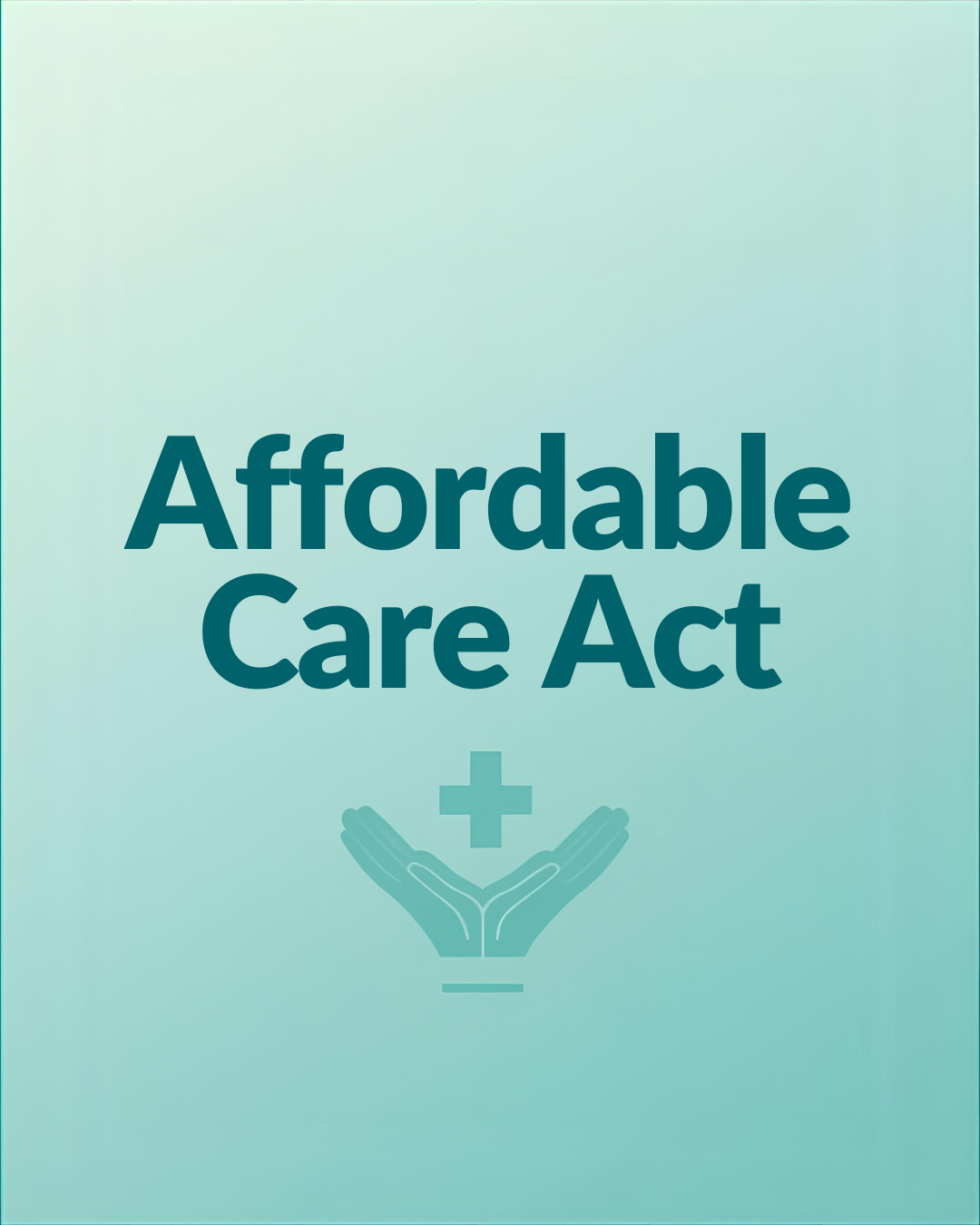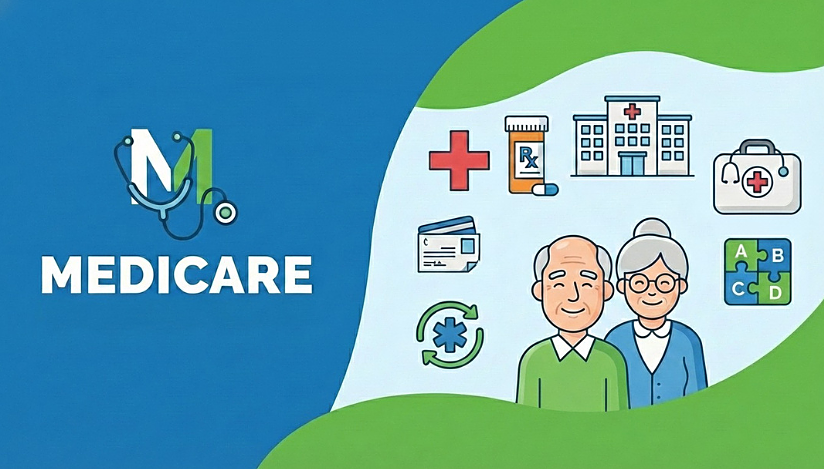4 Recent Studies: Many Adults Aren’t Prepared for Changing Care Needs as They Age
While most adults say they would prefer to age in place, recent research indicates that—for various reasons—they may not be prepared to do so. Additionally, if long-term care (LTC) is required, there is often a lack of awareness regarding how much it costs and/or how it will be paid for.
Here, we’ll provide an overview of four recent studies that indicate many adults aren’t prepared for changing care needs as they age—and how senior living and homecare marketers can make the most of the results to build relationships with prospects and their families.
National Poll on Healthy Aging
In January and February of this year, the University of Michigan National Poll on Healthy Aging surveyed a sample of U.S. adults aged 50–80 “about their perspectives on aging in place, their homes, and available social supports.”
According to the results published in April, 88 percent of those polled “felt it is important to remain in their homes for as long as possible.”
To prepare for this goal (or not):
- 15%—”have given a lot of consideration to what modifications their home may need to be able to stay there as they age”
- 38%—”have given some consideration”
- 26%—”little consideration”
- 21%—”no consideration”
When it comes to the features of their current homes:
- 34%—said “their home definitely has the necessary features that would allow them to age in place”
- 47%—said “it probably does”
- 19%—said “it does not”
In terms of social support, 28% of those surveyed said they lived alone. Though the majority expressed satisfaction with the quality of the relationships they had with those close to them, those with a “disability, impairment, or chronic health condition that limits activities were less likely than people without disabilities to have contact with others outside their household at least once a week (68% vs. 80%) and were less likely to be very satisfied with their current social life (22% vs. 39%).”
Additionally, most respondents said they had someone who could help with things like “grocery shopping (84%), household chores (80%) and managing their finances (79%)” and 67 percent “said they had someone who could help with personal care.” However, respondents who said they live alone indicated that finding personal care assistance was more of a challenge than it was for those who don’t live alone (48% vs. 27%).
If assistance was needed, only 19% said they were “very confident they could afford to pay for help with household chores, grocery shopping, personal care, and managing finances,” and 38% said they were “somewhat confident.” The remainder indicated they were “not very confident” (27%) and “not at all confident” (16%).
As report authors note in their summary, “The findings from this poll suggest that while most older adults feel it is very important for them to stay in their home as long as possible, many are not prepared to age in place.”
Underscoring the role of community-based programs to help fulfill various needs, they note how important it is to increase awareness of what resources are available to help.
“Family members and friends can be vital in helping older adults engage with these services,” they write.
“It is important to improve awareness of these services among older adults and their families and for these services to expand to meet the needs of a growing population.”
AARP’s Long-Term Care Readiness Poll
In June, the American Association of Retired Persons (AARP) released its report, “Long-Term Care Readiness: An AARP Survey of Adults 50+.”
In a summary of the report, AARP cited Genworth’s Cost of Care surveys, which noted that “in 2021 the national median monthly cost of a private nursing home room was $9,034, with the median monthly cost of a one-bedroom unit in an assisted living facility coming in at $4,500. The monthly cost of home health aide services is $5,148 (assuming 44 hours of work per week).”
However, according to survey results, “many people incorrectly believe, or are uncertain about, whether Medicare covers long-term care services. Roughly half of the adults 50-plus in AARP’s recent survey believe that Medicare covers care in a nursing home or care in their own home from a home health aide,” AARP said.
Additional key findings from the report include:
- “Nearly seven in 10 (68%) believe that they will need assistance with their daily activities as they get older, yet fewer than three in 10 (28%) have given a lot of thought to how they will continue to live independently if they need such assistance.”
- “The COVID-19 pandemic has had little effect on one’s thinking about independent living, with more than six in 10 (62%) thinking about the topic about the same now as two years ago.”
- “Roughly six in 10 adults 50-plus are concerned about multiple issues regarding aging, with concerns about not being able to live independently and becoming a strain or burden on family topping the list. …”
- “When it comes to planning for their futures, half have discussed their end-of-life plans with family and have written a will. More than four in 10 have also planned for their funeral expenses and have designated a legal Power of Attorney, but far fewer say they have researched or made plans for in-home, community-based, or nursing home care.”
Aging in Place: Assessing Seniors’ Understanding of Home Healthcare Options
On July 19th, Cross Country Workforce Solutions Group, a division of Cross Country Healthcare, announced the results of “a national survey showing that while most people aged 50-79 years old would prefer at-home care as they age, 91 percent of respondents have not proactively researched the care they may need as they grow older.”
A press release announcing the results also noted that 34 percent of respondents “have not thought about their care needs, and awareness of existing managed-at-home care programs, such as PACE (Programs of All-Inclusive Care for the Elderly) and LIFE (Living Independence for the Elderly), was low among the survey respondents.” In fact, “80 percent of respondents had not heard of either program,” according to the release.
Additional key findings included:
- “70 percent of respondents said their preference for care as they get older is to remain at home with support.”
- “57 percent of respondents have not considered a budget for what they may need for aged care services and support.”
- “The time horizon for changing living arrangements decreases with age, with 59 percent of respondents in their 50s expecting a change in 16-plus years and 32 percent of respondents in their 70s expecting to make a change within the next five years.”
- “The most in-demand managed-at-home-care services were transportation to appointments (45 percent), medical care (45 percent), shopping (36 percent), meal preparation (33 percent), and laundry (32 percent).”
- “Costs are the most critical consideration in assessing managed-at-home care services, regardless of age (73 percent). Background checks on the care providers ranked second (66 percent), followed by the skill levels and services available (58 percent).”
- “Participants reported that the information sources they would rely on for possible managed-at-home care services were friends and family (58 percent), online searches (58 percent), and their doctor (56 percent).”
HCG Secure and Arctos Foundation Study
On July 20th, insurance product and solution innovator HCG Secure, announced the results of a study it conducted with the Arctos Foundation.
Findings from the elder care survey revealed:
- “A lack of preparedness among respondents overall”
- “Only about one in ten individuals have long-term care insurance”
- “Financial plans, wills, trusts, and health care directives are in place for only about three in ten”
- “Respondents were also asked to give their expectations for the costs of long-term care and estimated, on average, $20,000 less than the average costs”
- “When shown the costs of care, half of all respondents indicated they were ‘not at all’ prepared to cover those expenses”
“Seventy percent of those 65 and older will need long-term care,” the announcement noted. “This leaves a massive gap for most Americans as only 1 in 10 have coverage. Only 20% feel prepared to pay for coverage, which often results in their children or other loved ones navigating, paying for, and or administrating care.”
Messaging Tips for Healthcare Marketers
Studies like these can be rich sources of information and inspiration to inform marketing messaging for prospective homecare clients and senior living residents. This is especially true as you seek to build relationships with those in your community by offering the educational resources they need to plan for what may lie ahead.
For instance, the National Poll on Healthy Aging revealed how many respondents plan to age in place—but may not be as prepared as they could be to do so. If you’re a homecare provider, this is a great opportunity to provide resources to help prospects assess their homes to see what modifications may be needed to optimize aging-in-place potential.
The HCG Secure study revealed that many underestimate the cost of LTC—and the AARP study revealed that nearly half of those polled weren’t aware that Medicare doesn’t pay for it. If you’re a senior living provider, this provides a key educational opportunity for those in your community to raise your visibility and help them better prepare.
The Aging in Place study indicated that a large majority of respondents weren’t aware of additional resources that may be available—such as managed-at-home care programs like PACE and LIFE. Even if these programs appear to be competitors to your offerings, consider how prospects and their loved ones may view your commitment to ensuring they have access to the resources that will best meet their needs.
By using current research findings to help craft your messaging, you can elevate brand awareness, engage with prospects, and help them view you as a partner in the aging journey they can trust and rely on to meet future needs.
Contact us today to find out how we can help level up your healthcare marketing strategy.







 Ad Choices
Ad Choices